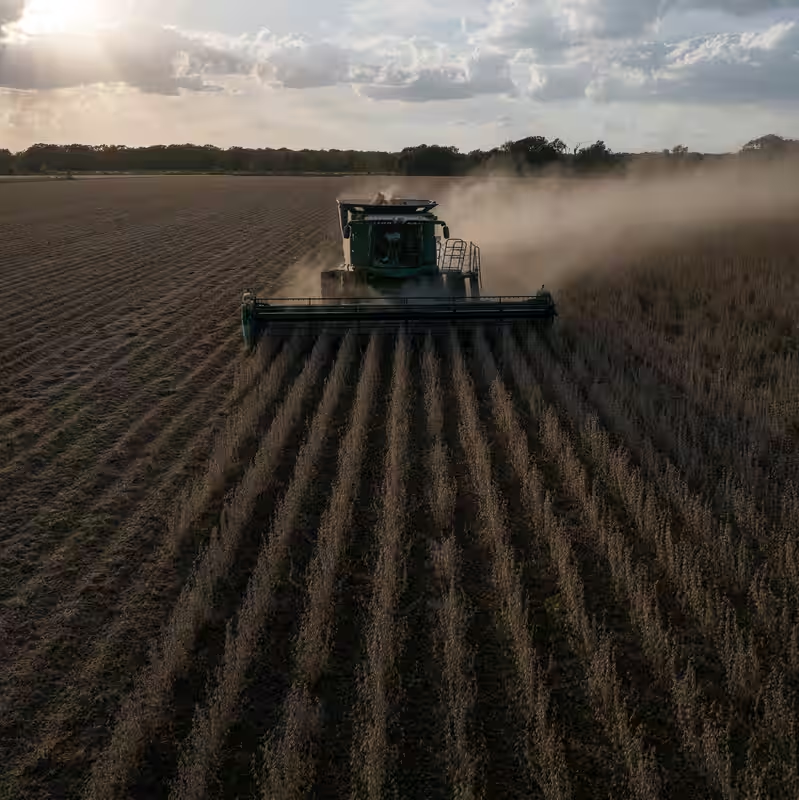History is repeating itself in America’s heartland. Just as in 2018, President Donald Trump is preparing to roll out a massive federal aid package for U.S. farmers—this time amid a renewed trade war with China that’s left agricultural producers reeling. With Beijing slashing purchases of American soybeans, pork, and corn, the White House is once again stepping in with taxpayer-funded relief, even as critics call it a self-inflicted crisis.
Table of Contents
- Why Farmers Need Aid—Again
- How the Trade War Escalated in 2025
- What the Aid Package Might Look Like
- Farmers Caught in the Political Crossfire
- Long-Term Consequences for U.S. Agriculture
- Sources
Why Farmers Need Aid—Again
The Trump farmer aid program isn’t new—it’s a rerun. In his first term, Trump imposed sweeping tariffs on Chinese goods, prompting Beijing to retaliate by targeting America’s most export-dependent sector: agriculture. The result? U.S. farmers lost their largest overseas customer almost overnight.
Now, in 2025, the same playbook is unfolding. After Trump reimposed aggressive tariffs on Chinese imports early this year, China responded by slashing U.S. crop purchases by over 70% compared to 2024 levels. Soybean exports—once a $12 billion annual business—have nearly collapsed. Pork shipments have stalled. Even whiskey and cranberries are gathering dust in warehouses.
How the Trade War Escalated in 2025
Trump’s latest tariff push centers on national security and intellectual property concerns, but the economic fallout is hitting rural America hardest. Unlike industrial sectors that can pivot or absorb costs, farms operate on thin margins and rely heavily on global markets.
| Commodity | 2024 U.S. Exports to China | 2025 (YTD) Exports to China | Drop (%) |
|---|---|---|---|
| Soybeans | $12.1 billion | $3.4 billion | 72% |
| Pork | $1.8 billion | $420 million | 77% |
| Corn | $2.9 billion | $980 million | 66% |
| Cotton | $1.2 billion | $310 million | 74% |
“We’ve angered our biggest customer, and now we’re bailing out the very industry that depends on them,” said Scott Lincicome of the Cato Institute. “It’s a slow-motion train wreck.”
What the Aid Package Might Look Like
While details remain under wraps, insiders expect the new Trump farmer aid plan to mirror the 2018–2019 Market Facilitation Program (MFP), which doled out over $23 billion in direct payments. This time, the package could include:
- Direct cash payments per acre for affected crops
- Commodity purchase programs (the USDA buying surplus to stabilize prices)
- Low-interest loans for storage and equipment
- Expanded crop insurance subsidies
The White House has hinted the announcement could come as early as Tuesday. “I’m going to do some farm stuff this week,” Trump told reporters Monday—a vague but telling preview.
Farmers Caught in the Political Crossfire
Many farmers remain loyal to Trump, appreciating his pro-rural rhetoric and deregulatory stance. But frustration is growing.
“We didn’t ask for a trade war,” said Linda Mueller, a soybean grower from Iowa. “We just want to sell our beans without becoming political pawns.”
Others worry the aid is a band-aid, not a solution. “You can’t replace a $12 billion market with checks from Washington forever,” said agricultural economist Dr. James Renner of Purdue University. “China is building long-term relationships with Brazil and Argentina. Once those supply chains solidify, we may never get that business back.”
Long-Term Consequences for U.S. Agriculture
Beyond the immediate pain, the trade war risks reshaping global agriculture:
- Brazil has overtaken the U.S. as China’s top soy supplier.
- Chinese buyers are signing 10-year contracts with South American producers.
- U.S. farmland values in export-heavy states are beginning to dip.
- Young farmers are delaying expansion plans or leaving the industry altogether.
Without a diplomatic off-ramp, experts warn the U.S. could permanently lose its competitive edge in key global markets—all while taxpayers foot the bill for a policy many never supported.




